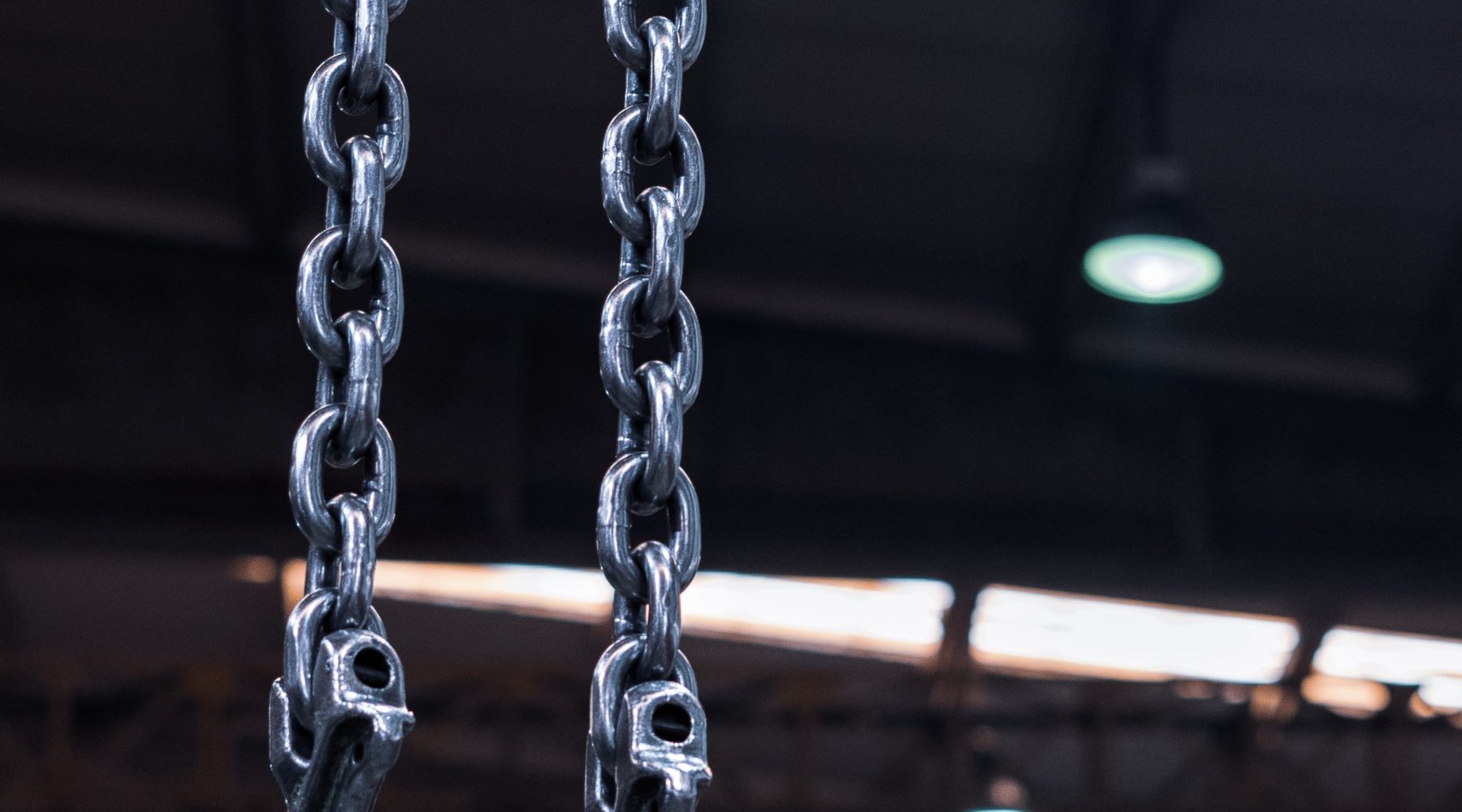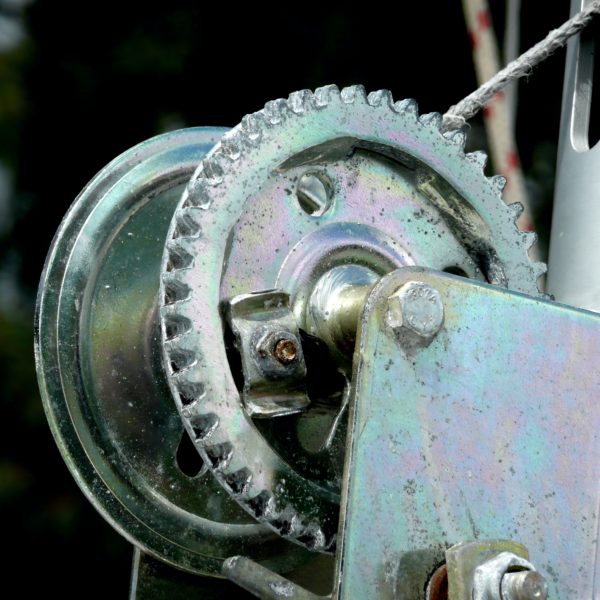Hoisting Safety

Pacific Hoists has been supplying products to the construction industry for over 3 decades. One of our strengths is that we can offer a complete range of lifting and materials handling equipment for the construction industry; from wire rope builders hoists to load skates for moving and positioning large loads.
Our national network of distributors ensures that we can service the industry throughout Australia.
We are exclusive agents for Hitachi, J.D. Neuhaus, Vital, Pacific and many other lifting and material handling brands.
AIR HOISTS
The use of any hoist and trolley presents some risk of personal injury or property damage. That risk is greatly increased if proper instructions and warnings are not adhered to. Before using your hoist, you must become thoroughly familiar with all warnings and instructions and recommendations.
- Do not operate hoist unless you are fully trained, physically fit and authorised to do so.
- Your hoist may be fitted with various safety devices; load brakes, hook latch, limit switch, emergency stop, shock protection.
- Prior to using your hoist, please ensure you identify and become familiar with these devices if any.
- Hoists are not designed for, and should not be used for, lifting, supporting or transporting personnel. Never modify, re-rate or alter hoisting equipment.
- When touching metallic hand controls which are colder than 0 degrees, the skin could freeze within seconds and at temperatures above 43 degrees burning may occur. Please ensure suitable gloves are worn.
- Hoists that are in outdoor stationary positions must be protected against weathering and the maintenance intervals must be shortened.
- Depending on the individual air hoist, the hoist must be operated at a system pressure of 4 or 6 bar. If the system pressure is too low, important functions of the hoist will be impaired. If the pressure is too high, this will result in danger due to overloading.
- Air hoists must be operated with a sufficiently clean and dry air supply. Please read your manual for the correct requirements.
- Do not operate air hoists with other gases.
- Never stand under a raised load.
- Lifting must always be personally attended; never leave a raised load unattended.
- Over capacity load lifting is hazardous and should not be undertaken.
- Always inspect the hoist prior to use.
- Air hoists must not be used in the following applications; critical areas of nuclear plants, over acid baths or plants with corrosive substances, in areas where organic acids are present.
- Maintenance must be performed only by qualified personnel.
- Check daily; braking function, emergency stop device, lifting and lowering limits.
- Check monthly; check and lubricate chain.
- Check yearly; all bolted and pin connections, sprocket wheel and chain guides, load hook, compressed air connections, brake with load, motor, condition of chain box.
ELECTRIC CHAIN HOISTS
The use of any hoist and trolley presents some risk of personal injury or property damage. That risk is greatly increased if proper instructions and warnings are not adhered too. Before using your hoist, you must become thoroughly familiar with all warnings, instructions and recommendations.
- Do not operate hoist unless you are fully trained, physically fit and authorised to do so.
- Your hoist may be fitted with various safety devices; load brakes, hook latch, limit switch, emergency stop and shock protection. Prior to using your hoist please ensure you identify and become familiar with these devices if any.
- Hoists are not designed for, and should not be used for, lifting, supporting or transporting personnel. Never modify, re-rate or alter hoisting equipment.
- Do not use an electric hoist in explosive atmospheres.
- Prior to each lifting operation it is essential to make sure that the correct lifting sling is being used and the sling is fitted as per the individual hoists operational manual.
- Prior to each lifting operation it is essential to make sure that the object to be hoisted is well secured for direct lifting. It is strongly recommended that a proper lifting frame or apparatus is used.
- Firm and steady button operation is required, never push the button switch intermittently.
- Always avoid excessive inching operation.
- Always make sure the hoist motor completely stops before reversing.
- Always leave the pendant button switch cable and bottom hook load chain vertically static when not in use.
- Never lift any object which is insecure or out of balance. A sling must be used to load evenly.
- Never use an electric hoist to end or side pull a load.
- Never wrap the load chain around the load and back-hook it as a sling to lift a load.
- Do not use the hoist as a welding electrode.
- Never stand under a raised load.
- Lifting must always be personally attended, never leave a raised load unattended.
- Over-capacity load lifting is hazardous and should not be undertaken.
- Regularly inspect and check the condition of the load chain, do not operate with damaged chain.
- Always inspect the hoist prior to use.
- It is imperative to ensure correct voltage supply before commencing operation.
- You must complete installation procedures prior to connecting to any power source.
- Daily check the load chain lubrication and that safety devices are operating efficiently.
MANUAL CHAIN & LEVER BLOCKS
The use of any chain and lever block presents some risk of personal injury or property damage. That risk is greatly increased if proper instructions and warnings are not adhered too. Before using your chain or lever block, you must become thoroughly familiar with all warnings, instructions and recommendations.
- Do not operate the chain or lever block unless you are fully trained, physically fit and authorised to do so.
- Your block may be fitted with various safety devices; load brakes, hook latch, limit switch, emergency stop and shock protection. Prior to using your block, please ensure you identify and become familiar with these devices, if any.
- Chain and lever blocks are not designed for, and should not be used for, lifting, supporting or transporting personnel. Never modify, re-rate or alter hoisting equipment.
- Never stand under a raised load.
- Lifting must always be personally attended, never leave a raised load unattended.
- Over capacity load lifting is hazardous and should not be undertaken.
- Always inspect the chain or lever block prior to use.
- Never operate the chain or lever block if the chain is kinked, twisted or damaged.
- Never pull the bottom hook into the block housing.
- Do not expose block to rain or excessive humidity.
- Chain and lever blocks are designed for manual lifting. Do not use a motor or other mechanical device to lift the load.
- Check daily; chain (for wear, twists and kinks and that it feeds through block smoothly), hook (for throat for width increase, safety latch, bolts and nuts.
- Check quarterly; components, gears, shafts, bearings and brakes.



